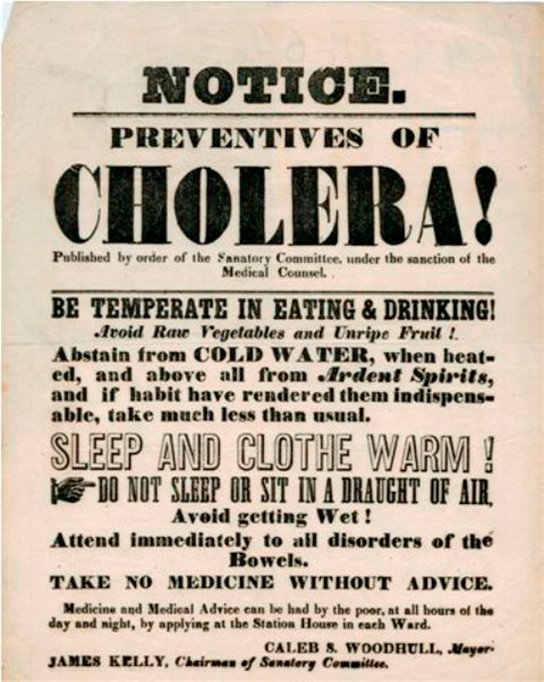Throughout history, humanity has faced numerous epidemics that have left indelible marks on our societies. These ancient diseases, ranging from the Black Death to smallpox, did more than just alter populations; they sculpted the very fabric of our genetic makeup. Today, as we navigate a modern world still under the threat of new and evolving diseases, it’s fascinating to trace back the influences of these ancient epidemics on our DNA and health.
The Silent Artists of Human Evolution
Epidemics were the silent artists of human evolution, painting our genetic landscape with the brush of natural selection. When a disease swept through a population, those with genetic variations that offered resistance had a survival advantage. Over generations, these resistant genes became more common. It’s akin to a sculptor chiseling away at a block of marble, revealing the form within. The survivors of these ancient epidemics passed on their advantageous traits, shaping the genetic profile of future generations.
The Legacy of the Black Death

The Black Death, a devastating pandemic that swept through Europe in the 14th century, is a prime example. It wiped out nearly a third of Europe’s population, yet it also left a lasting genetic legacy. Research suggests that those who survived may have had particular genetic variations that provided immunity or resistance. This genetic imprint is still present in modern populations, offering insights into how our ancestors adapted to threats and how these adaptations affect us today.
Smallpox and Genetic Resistance

Smallpox, another formidable foe, offers a similar story. This disease, known for its high mortality rate, prompted a genetic response from our ancestors. Over centuries, people who carried certain genetic markers that conferred immunity or resistance to smallpox survived and thrived. These markers are still present in some individuals today, showcasing the long-term impact of ancient diseases on our genetic code.
Malaria’s Mark on the Human Genome

Malaria has left a particularly pronounced mark on the human genome. In regions where malaria was prevalent, genetic traits such as sickle cell trait emerged as a defense mechanism. Although sickle cell disease can be debilitating, carrying one sickle cell allele provides resistance to malaria. It’s a classic example of a genetic trade-off, where the benefits of resistance to one disease outweigh the potential drawbacks of another condition.
Cholera and Genetic Adaptations

Cholera, a waterborne disease, has also played a role in shaping our genome. Populations frequently exposed to cholera developed genetic adaptations that improved their ability to survive dehydration and severe diarrhea. These adaptations, while initially a response to a specific threat, continue to influence the way our bodies handle hydration and fluid balance today.
The Role of Genetic Bottlenecks

Epidemics often create genetic bottlenecks, where only a small portion of a population survives. This reduces genetic diversity but also amplifies certain traits. Imagine a funnel that narrows, allowing only specific genes to pass through. These bottlenecks can lead to rapid evolutionary changes, as seen in the aftermath of many historical pandemics.
Modern Diseases and Ancient Genes
Today, we face diseases like COVID-19 and HIV, which interact with our ancient genetic legacy. Our responses to these diseases are influenced by the genetic adaptations passed down through generations. It’s a reminder that our battle with pathogens is an ongoing saga, and understanding our genetic history can provide clues for future medical advancements.
The Interplay of Genetics and Environment
While genetics plays a crucial role, the environment also influences how these ancient markers manifest in modern times. Factors like diet, lifestyle, and exposure to new pathogens can alter the way our genetic traits express themselves. It’s a dynamic interplay, much like a dance where both partners influence the rhythm and steps.
Genetic Research and Personalized Medicine
Advancements in genetic research have opened the door to personalized medicine, where treatments can be tailored based on an individual’s genetic profile. By understanding the genetic modifications left by ancient epidemics, scientists can develop targeted therapies and interventions. This approach has the potential to revolutionize healthcare, offering hope for more effective treatments.
A Glimpse into the Future
As we look to the future, the lessons of ancient epidemics remain relevant. They remind us of the resilience and adaptability inherent in the human spirit. By studying the past, we gain valuable insights into how to confront current and future health challenges. It’s a continuous journey of discovery, one where the echoes of ancient epidemics guide us toward a healthier tomorrow.




